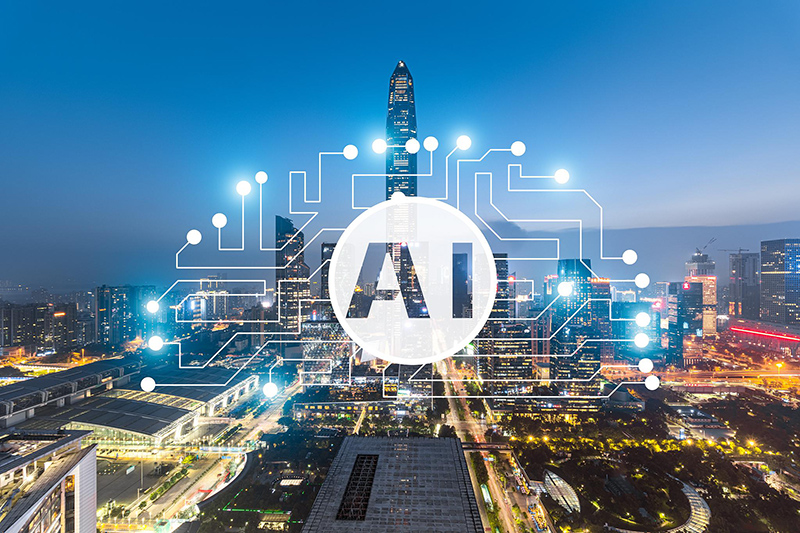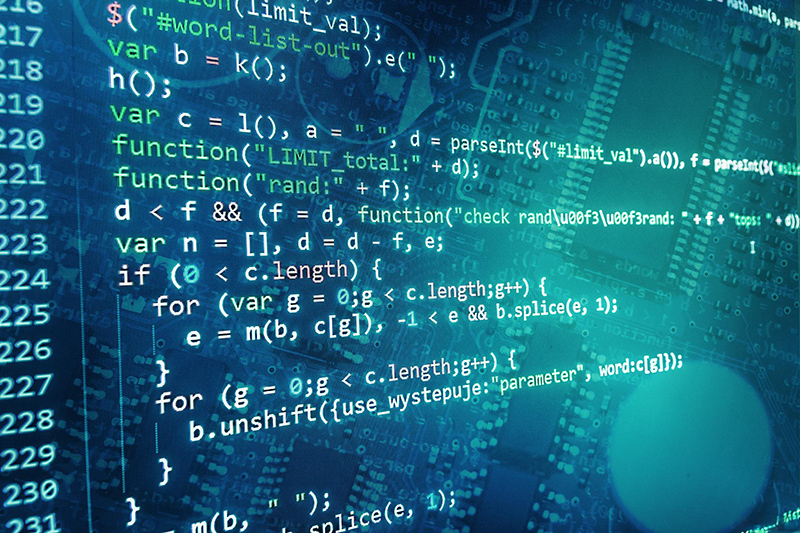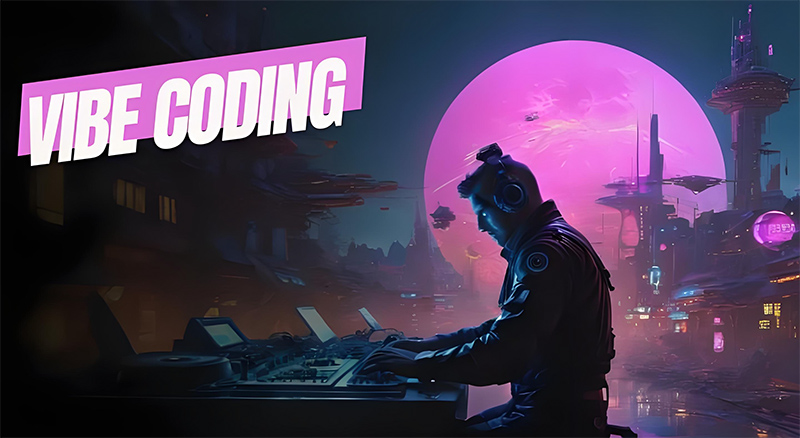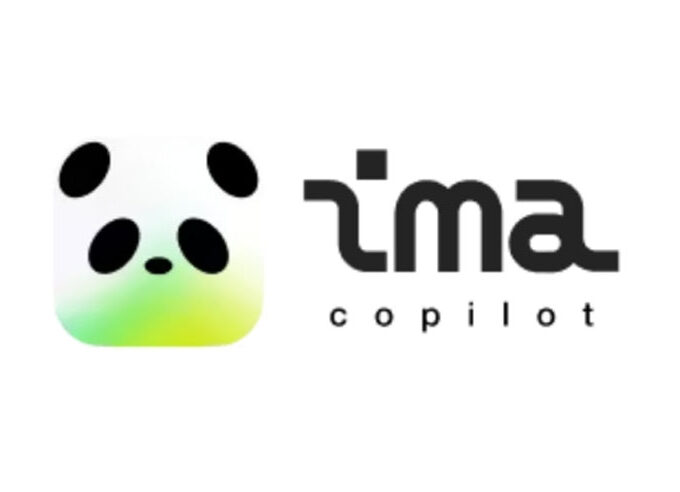In February 2025, computer scientist and founding member of OpenAI, Andrej Karpathy, shared a compelling new programming approach on the social platform X. He proposed that software engineers should “feel the technical atmosphere and embrace exponential thinking, rather than being obsessed with code itself,” and dubbed this concept “vibe coding.”
A branch of AI programming, vibe coding emphasizes interacting with AI using natural language, describing functional objectives, and having the AI directly generate executable code. This approach frees developers from tedious syntax and implementation details, allowing them to focus more on system design and creative implementation. It aligns with the latest trend in technology, AI, moving down to the edge and application layers. To some extent, AI is reshaping the traditional software development process, and the pace of change is far faster than expected.
In Illinois, Prasad Naik, a senior engineer at Gripple USA, has put this approach into practice. Although not a professional software developer, he recently successfully built two tools to help sales and non-technical departments more effectively match products with application scenarios. Naik initially wanted to update a C-language iPad app he’d built ten years earlier by migrating it to JavaScript—a language he’d never touched before.
“The original version took me nearly a month to develop, as I had to learn as I went along,” Naik recalls. “But this time, using ChatGPT’s step-by-step guidance, I completed the conversion in just two hours.” He didn’t use the AI-generated code entirely, but ultimately, ChatGPT generated over 90% of the content.

Following this initial success, Naik went on to develop a complex application that communicates with the server and retrieves real-time product information. The entire engineering project, including deployment, took just a week and a half. He admits that without AI assistance, this task would have been nearly impossible for him to complete independently.
Jason Touleyrou, Head of Data Engineering at Corewell Health, has also experienced the benefits of AI programming. He says AI has significantly accelerated the speed of idea validation. “When I come up with a new idea but struggle to get immediate team buy-in, I can quickly create a functional prototype to prove its value without taking up anyone else’s time.”
AI has even enabled Touleyrou to develop using technology stacks he’s completely unfamiliar with. For example, he used Google Cloud’s BigQuery and Pub/Sub services to build a coffee consumption tracking tool for his personal website—tools beyond his experience.
Touleyrou believes the real key to “ambient programming” lies in workflow design: developers should first define their goals and architecture, then let the AI assistant generate code, and then let the AI take on the role of code reviewer and advisor. He also emphasizes that developers still need to use tools like code reviewers to ensure the quality of their output, rather than completely abandoning oversight.
“It doesn’t replace mastering the fundamentals, but when I was able to build a proof of concept in half an hour and iterate four versions in four hours, it was an experience that was hard to go back on,” Tuleru said.

However, Taher Vohra, a software engineer with 25 years of development experience, offers a more cautious interpretation of “ambient programming.” He argues that simply relying on AI to accelerate coding doesn’t equate to true ambient programming, which requires developers to “completely avoid looking at the code.”
In his own experiments, Vohra found that accurately describing requirements to AI was even more challenging than coding manually. He still uses AI assistants like Cursor for suggestions at work, but when writing formal code, he insists on a thorough review to ensure he understands its mechanics and captures details that the model might have missed.
Despite their differing perspectives, Naik, Tulairo, and Vohra agree on one key point: ambient programming significantly lowers the barrier to entry for learning new tools and technology stacks. This trend is particularly evident in the development of AI technology in the United States by 2025.
Vohra specifically noted, “I recommend that junior developers view AI programming not just as a means to improve efficiency, but as a springboard for learning new skills. For example, a front-end engineer could accelerate their transition to full-stack development with the help of AI in just a few months instead of two years.”
As these practitioners demonstrate, AI is transforming the relationship between developers and code and redefining the boundaries of “programming” itself.












